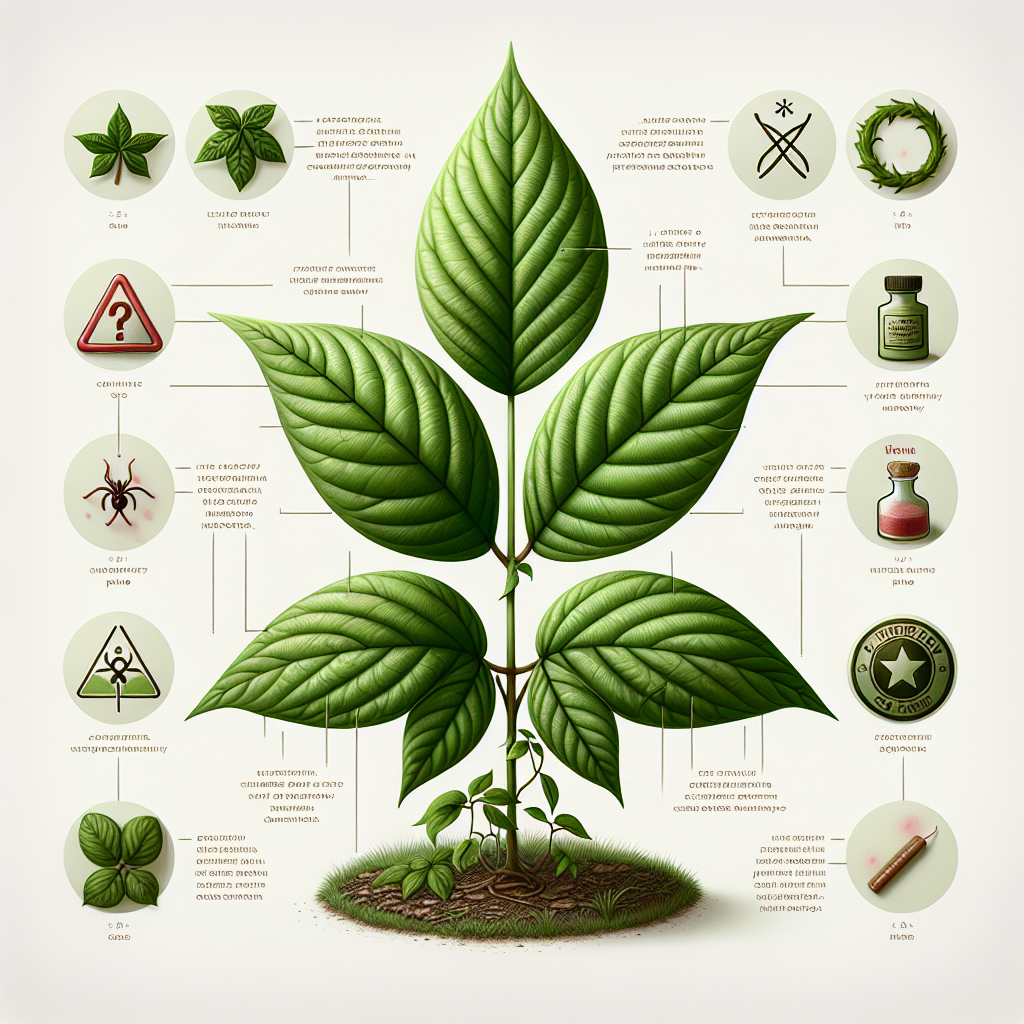Introduction
Imagine traversing through the lush, verdant forests of the United States, where nature’s beauty envelopes you in its embrace. But lurking amidst this green paradise is a hidden adversary—poison ivy. This notorious plant can leave an indelible mark on your skin, quite literally. Understanding how to identify a poison ivy rash can be your shield against this botanical foe. Let’s explore the signs, symptoms, and treatment options that will help you navigate through the wilderness without worry.
- Recognizing Poison Ivy
- Symptoms of a Poison Ivy Rash
- Effective Treatment Options
- Prevention Tips
- Frequently Asked Questions
- Conclusion
Recognizing Poison Ivy
Poison ivy, with its infamous “leaves of three,” presents itself as a shape-shifter of the plant world. It can masquerade as a shrub, vine, or even blend seamlessly into other vegetation. Its leaves often have a glossy sheen and may appear reddish in spring but turn a vivid green as they mature. The ability to recognize these characteristic leaves is your first line of defense.
Metaphors and Imagery
Picture poison ivy as a silent artist, painting an invisible mural on your skin—a mural that reveals itself only after contact, etched by the plant’s urushiol oil. This potent substance is the invisible ink that writes the story of your encounter with poison ivy.
Symptoms of a Poison Ivy Rash
The tale of a poison ivy rash unfolds over several chapters:
- Itching: The relentless itch might feel as if a thousand tiny ants are marching across your skin.
- Redness and Swelling: Your skin may resemble a fiery landscape, swollen with indignation at the intruder.
- Blisters: These fluid-filled bumps might remind you of fragile bubbles that pop under pressure.
If these symptoms sound all too familiar, it might be time to consider whether you’ve encountered the infamous plant.
Effective Treatment Options
Treating a poison ivy rash is akin to taming a wild beast. Here are some strategies:
- Topical Treatments: Calamine lotion and hydrocortisone creams can soothe the fiery itch, much like water quenching flames.
- Oral Antihistamines: These act like calming elixirs for your immune system, reducing the urge to scratch.
- Cooling Compresses: Applying a cold, damp cloth can feel like a refreshing breeze on a hot summer’s day.
If you’re dealing with severe symptoms or seeking professional guidance, consider visiting our Urgent Care Services for expert advice and care.
Prevention Tips
Prevention is better than cure, they say. To keep poison ivy at bay, consider these proactive measures:
- Avoid direct contact by wearing long sleeves and pants when venturing into areas where poison ivy thrives.
- Launder clothes and gear promptly after outdoor excursions to remove any lingering urushiol oil.
- Educate yourself further about poison ivy through reliable sources such as CDC’s guidelines on plant safety.
Frequently Asked Questions
Q: Can pets transmit poison ivy to humans?
A: Yes, pets can carry urushiol oil on their fur, which can transfer to humans upon contact.
Q: Is there a vaccine for poison ivy?
A: Currently, there is no vaccine available for poison ivy exposure. Prevention and prompt treatment remain key strategies.
Conclusion
Navigating through nature should be an experience filled with wonder, not worry. By understanding how to identify and treat poison ivy rashes, you arm yourself with knowledge and confidence. So venture forth into the great outdoors, equipped with the wisdom of recognizing and overcoming this leafy adversary. Remember, every step you take in nature is a chapter in your adventure story—make sure it’s one of triumph over tribulation.
For more comprehensive insights into managing unexpected health situations, explore our reliable resources and services at our Urgent Care Services page.
Stay informed, stay safe, and let nature’s wonders unfold before you without the shadow of worry.




